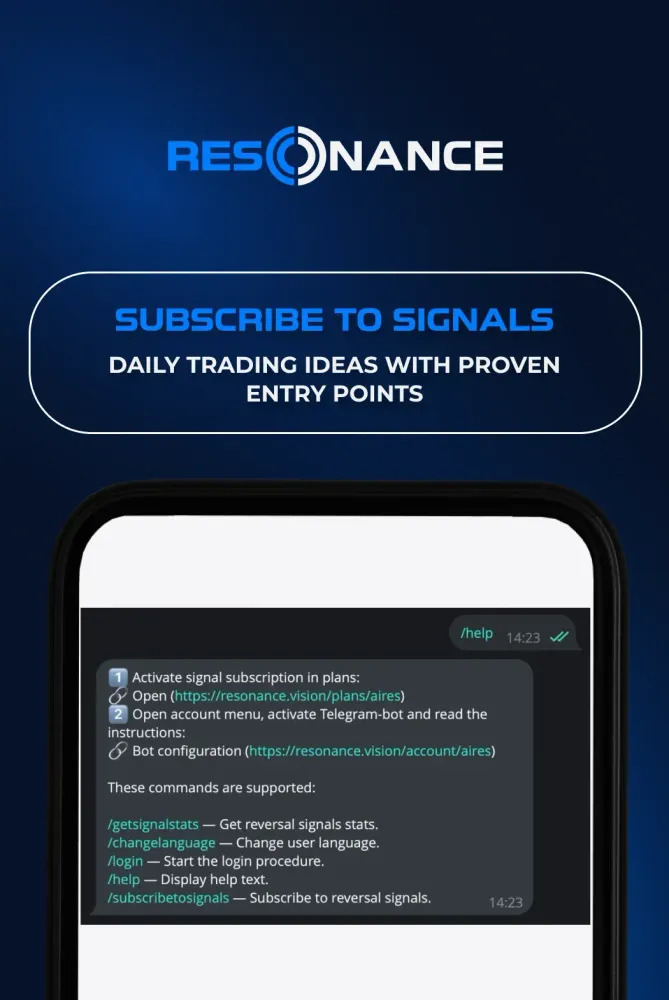What's wrong with technical analysis
Technical analysis seems like an easy way to make money, but it often fails. In this article, you will learn why this happens and how to trade consciously — using volume analysis, cluster charts, and supply and demand balance.
Table of content
What’s wrong with technical analysis?
Intro
The Internet is full of cryptocurrency advertisements, technical analysis training, and ‘success stories’: every banner shows yachts, villas, and ‘easy’ trading. In the commercials, you just need to draw a couple of lines, look at the indicator, and you’ll make money. However, behind the facade, the question remains: does this method work if you trade for long-term perspective?
In order to trade consistently in the black, you need to:
- have your own trading strategy
- adhere to risk management
- and most importantly — have enough knowledge and understand your business
“Only trained minds make accidental discoveries.”
— Blaise Pascal
Let’s take a look at why technical analysis is so popular in trading and why it so often fails traders. Is there an alternative?
Technical analysis of cryptocurrencies: what’s the catch?
Technical analysis is an approach where a trader tries to forecast future price based on:
- graphical patterns
- historical tendencies
- mathematical indicators
It’s based on the idea that price repeats previous behavioural patterns.
However, despite its popularity, technical analysis has a number of serious drawbacks:
Support and resistance lines do not take into account changes in liquidity
Technical analysis assumes lines and levels act like magnets, but in reality price moves with volume, not with drawn lines.
Limit orders and their size change constantly — and technical patterns don’t reflect this.Subjectivity of drawings and patterns
Two analysts can draw two completely different analyses and reach opposite conclusions.Indicators average data and lag
All technical indicators (like MA or RSI) are based on past data.
Their “signals” are often delayed and not backed by real volume. By the time the indicator “confirms”, the market may have already moved.Oscillators don’t show real liquidity or intentions of market participants
Tools like Stochastic or MACD only show price behavior, not how much money is waiting to buy/sell.
They miss key information about the volumes driving the market.
As a result, a trader relying only on technical analysis works with outdated, indirect, and often useless data.
They assess the consequences, not the causes of price movements.
Making predictions or making money?
How to analyse cryptocurrency charts to actually make money?
Let’s repeat the simple truth:
The market is a balance of supply and demand.
You can:
- Know what demand was in the past
- Assess what it is now
- But the future is unknowable
No one — not even the best indicator — can tell when and at what price someone will buy or sell.
Instead of making predictions, you need to:
- Make money from real market situations
- Focus on the present, not the uncertain future
Your main task as a trader is to find assets with clear supply-demand imbalance.
Such situations are called market inefficiencies, and they offer the opportunity for profit.
When you spot abnormally high demand and price hasn’t yet reacted — that’s your entry point.
Close your position:
- According to predefined risk targets, or
- When there’s a clear shift in market balance
Decisions should be based only on current volumes and real-time data.
Trying to predict the future should be minimized.

What really drives the price?
The market is made of:
- Money
- People making decisions
Some want to buy, others want to sell.
The stronger and more active side sets the direction.
- If small buys push the price up → there’s shortage.
- If sales drop price fast → there’s surplus.
The balance of supply and demand is the only factor that drives price.
Understanding this moves your trading to a whole new level.
How to assess the current state of the market?
Use analytical tools that reveal the real-time imbalance between buyers and sellers.
Here’s how:
- Open the cluster chart
See live trades and how volume affects price. - Track the delta
Identify who dominates — buyers or sellers. - Watch for areas where volume stops moving price
These are potential reversal zones. - Evaluate the order book
Limit orders reflect true intentions of traders. - Use the aggregate balance index
Helps determine deficit or surplus state.
By using these steps, you stop wasting time on drawing shapes and start basing decisions on real facts.
All these tools are available on the **Resonance** platform.
If you’re just starting — take the full training course.
Conclusion
Technical analysis became widespread because it’s simple and accessible, but…
- It’s based on outdated, indirect data
- It relies on guessing, not understanding
- It’s more like a lottery than professional trading
To earn consistently:
- Stop trying to predict the future
- Switch to cluster analysis and volume-based trading
- Use real-time tools that reflect supply and demand
That’s why we recommend:
- Using volume analysis
- Taking the **6 steps** from Ayres or Resonance University
Our training programmes will teach you how to do professional crypto market analysis with the tools of the Resonance platform.
Turn trading from guesswork into a fact-based decision-making process.
And the promo code TOPBLOG gives you a 10% discount on any Resonance tariff plan.

